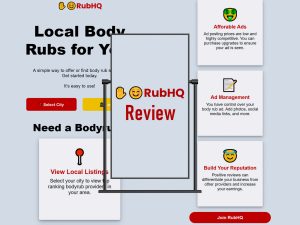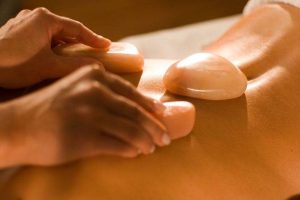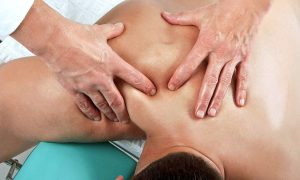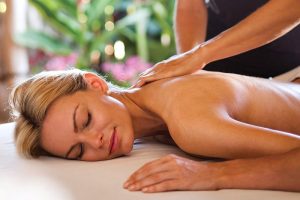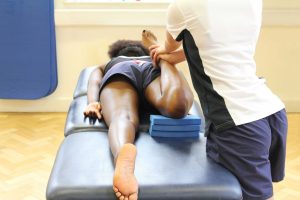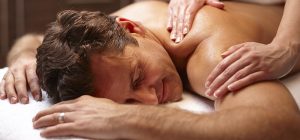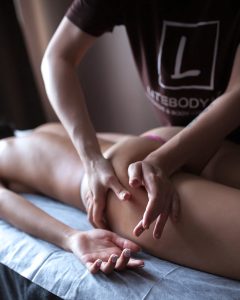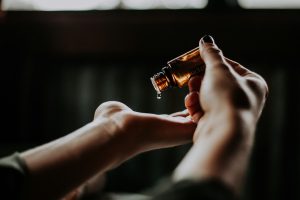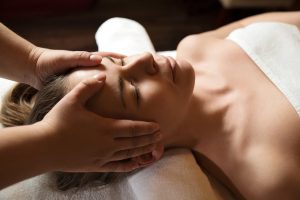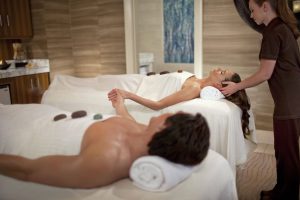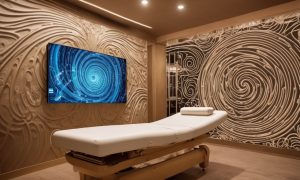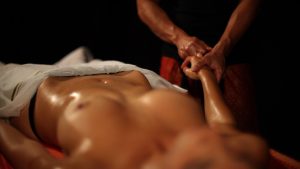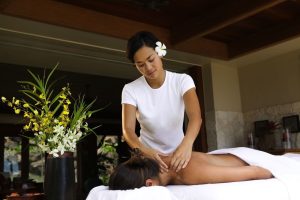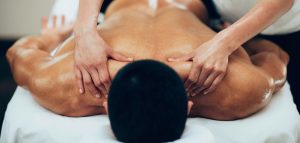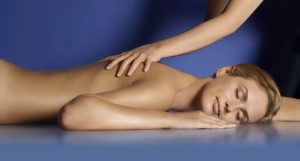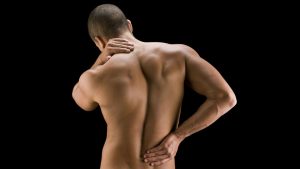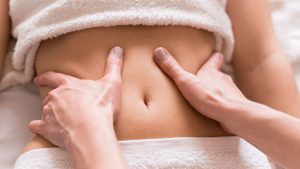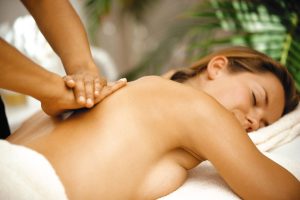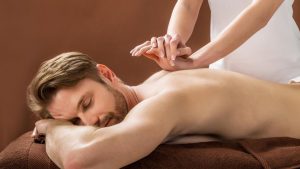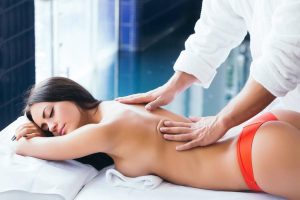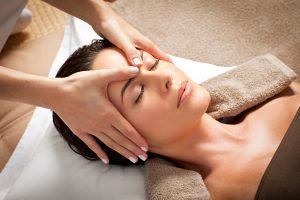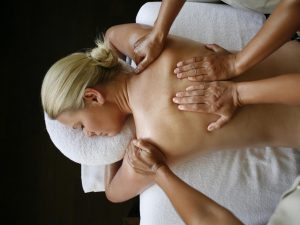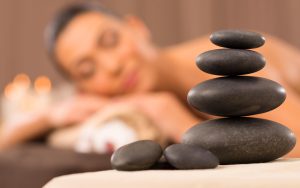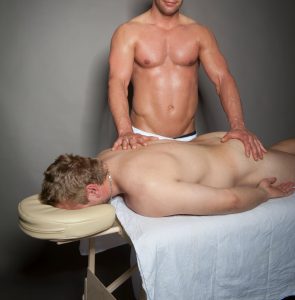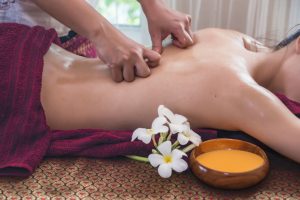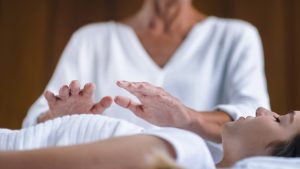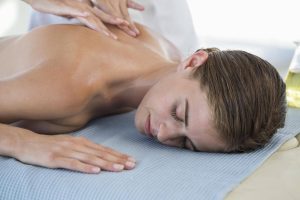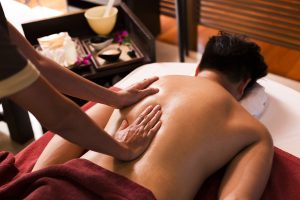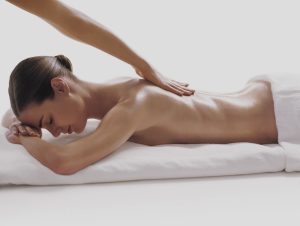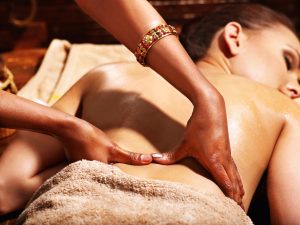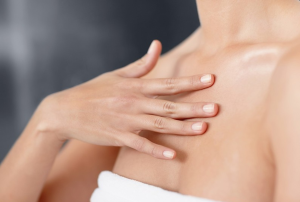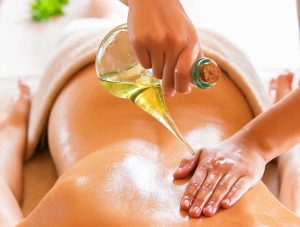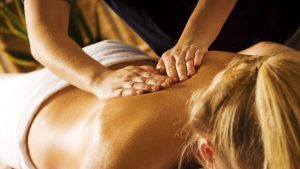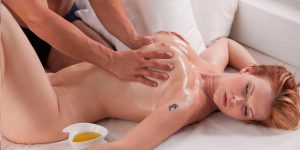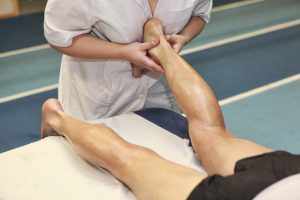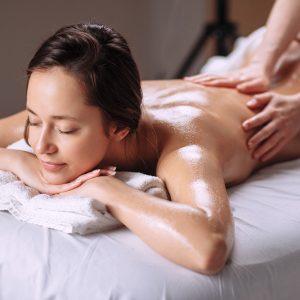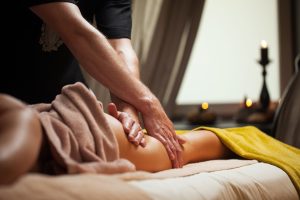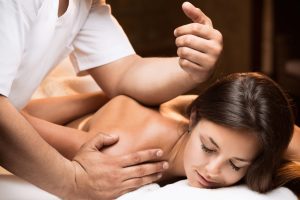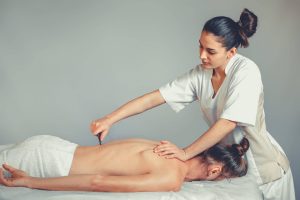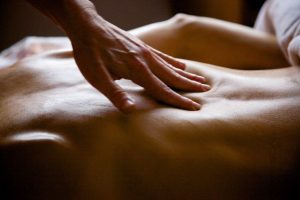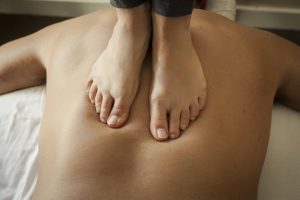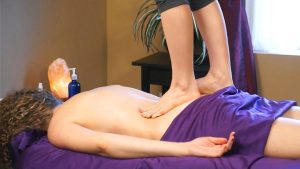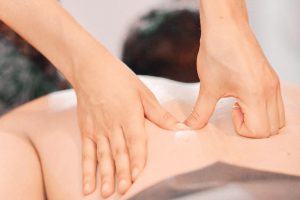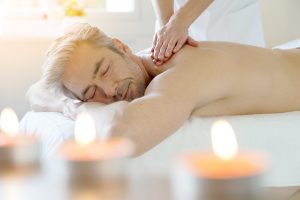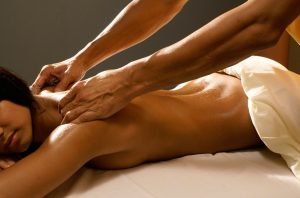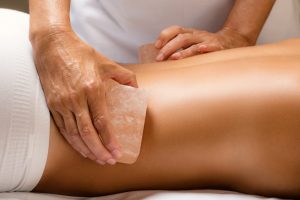Neuromuscular massage is a therapeutic technique aimed at improving the condition of soft tissues, such as muscles, with the goal of relieving pain and restoring functionality. This type of massage is based on the manipulation of trigger points and provides a range of benefits for those dealing with muscle pain, discomfort, or chronic issues. In this structure, we will delve into the key aspects of neuromuscular massage, including its techniques, applications, and advantages.
Key Features of Neuromuscular Massage
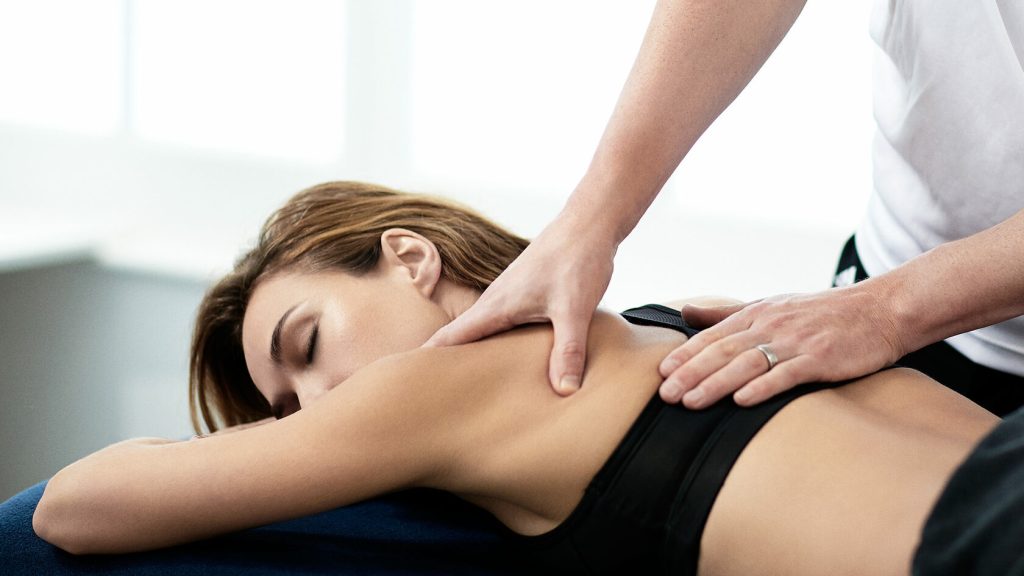

- Neuromuscular massage places a strong emphasis on trigger points, which are specific areas in soft tissues that can cause pain and dysfunction. Specialists focus on these points to address issues and restore balance.
- The methodology involves various techniques, including deep tissue massage to resolve muscle knots, stretches to improve flexibility, and targeted pressure on problematic areas. These techniques aim to promote relaxation and restore muscle function.
- One crucial aspect of massage practice is the adaptability of techniques to meet the individual needs of the patient. This allows for effective resolution of specific issues and optimal outcomes.
- The relaxation achieved through this approach contributes to improved blood circulation and overall well-being. It is effective in addressing chronic conditions such as back pain, neck pain, or joint discomfort.
Trigger Points


Trigger points are areas in soft tissues characterized by heightened sensitivity, capable of eliciting referred pain or discomfort in other areas of the body.
These points arise due to muscle overuse, injuries, stress, or incorrect posture. Stimulating them can lead to reflex pain, muscle spasms, and restricted mobility.
Specialists in neuromuscular massage employ various methods, such as pressure, manual therapy, and trigger point release, to achieve relaxation and deactivation of trigger points. This helps reduce pain sensations and restore normal muscle function.
Precise identification of the trigger points’ locations is crucial. Specialists conduct a thorough assessment of the patient, identify problem areas, and develop an individualized massage plan for targeted intervention.
In addition to professional intervention, patients are often advised to perform self-massage to maintain the effects and prevent the formation of new trigger points. This includes simple exercises and techniques for tension relief.
Massage Techniques
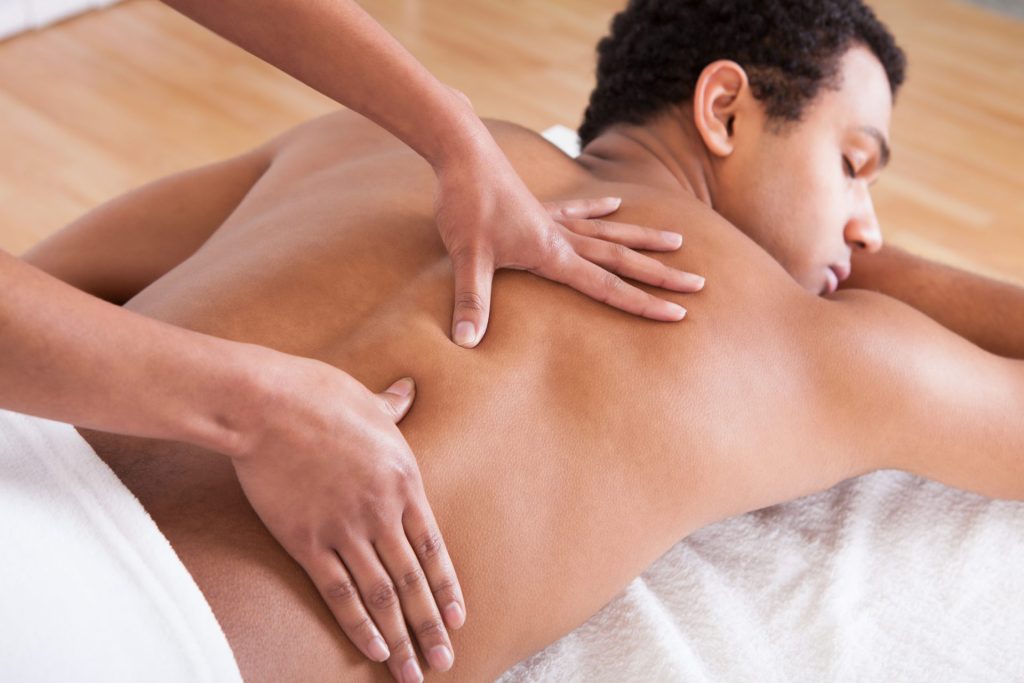

- Deep Tissue Massage: Description: Targets the deep layers of muscles and connective tissues. This technique relaxes muscles, improves blood circulation, and alleviates pain. Effective for chronic muscle tension, spasms, and limited mobility.
- Stretching: Description: Used to increase muscle flexibility and improve their length. This contributes to tension reduction, enhanced mobility, and prevention of muscle spasms. Ideal for improving overall flexibility, especially after periods of physical activity.
- Trigger Point Therapy: Focuses on addressing trigger points. The therapist applies pressure to specific areas, inducing relaxation and deactivation of these points. Effective in treating trigger points, alleviating pain, and restoring normal muscle tone.
- Kneading: Description: Involves cyclic compression and stretching of muscles. This technique promotes improved blood circulation, softening of tissues, and enhancement of overall muscle condition. Widely used for general muscle relaxation and toning.
- Vibrational Movements: Description: Includes gentle vibrational movements that promote muscle relaxation and reduce tension. It also aids in stress relief and enhances overall well-being. Often applied for relaxing superficial muscles and improving local blood circulation.
Application of Neuromuscular Massage
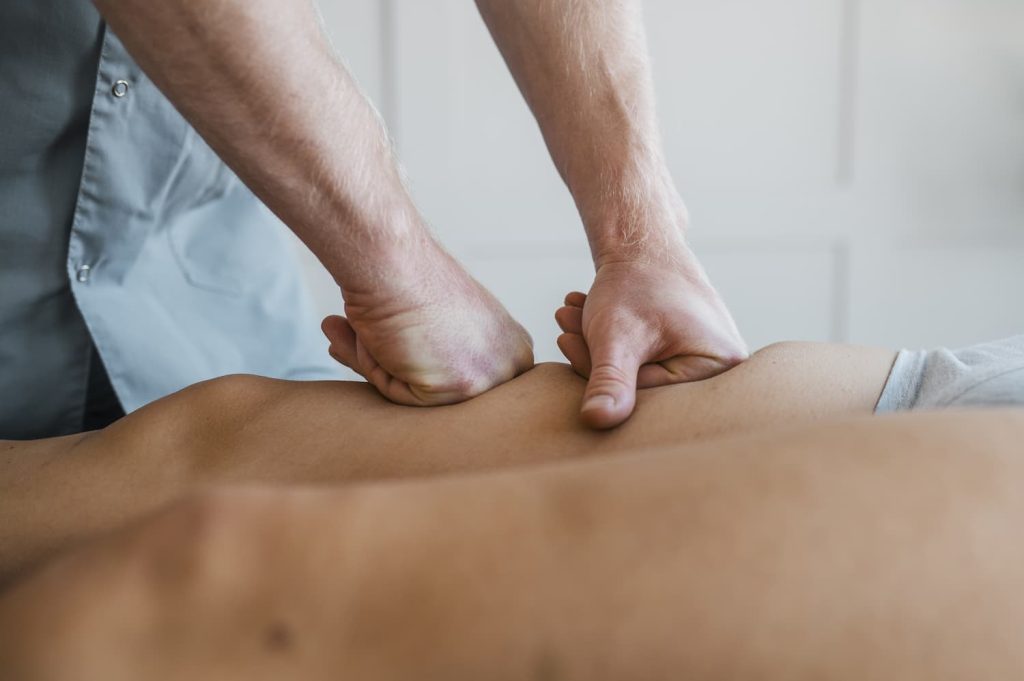

- Effective for Sports Injuries: Description: Beneficial in treating sports injuries, contributing to the reduction of inflammation.
- Treatment of Chronic Issues: Description: Effective in addressing long-term issues such as myofascial pain syndrome.
- Enhances Flexibility Post-Surgery: Contributes to the improvement of flexibility and joint mobility after surgical interventions.
- Integral Part of Training Programs: Included in regular training programs for the prevention of sports injuries. It helps improve flexibility, prevents overexertion, and facilitates rapid recovery after physical activity.
- Posture Correction: Description: Corrects posture problems resulting from muscular imbalance due to prolonged sitting, a sedentary lifestyle, or other factors.
Questions and Answers:
What is neuromuscular massage?
Neuromuscular massage is a form of massage therapy that focuses on the interaction between the nervous system and muscles, aiming to alleviate muscle pain and dysfunction.
How does neuromuscular massage differ from deep tissue massage?
What are the benefits of neuromuscular massage therapy?
Neuromuscular massage therapy can help improve range of motion, reduce muscle pain, address chronic pain conditions, and enhance overall muscular function.
How does neuromuscular massage therapy relieve back pain?
Can neuromuscular massage therapy treat muscle pain?
Yes, neuromuscular massage therapy is effective in addressing muscle pain by identifying and releasing trigger points, improving blood flow to the affected muscles, and promoting healing.
What are the techniques used in neuromuscular massage?
Neuromuscular massage techniques may include trigger point therapy, manual manipulation of muscle tissue, and specific movements to relieve muscular tension and pain..
How is neuromuscular massage therapy different from other massage modalities?
Neuromuscular massage therapy focuses on addressing neuromuscular dysfunction and specific muscle imbalances, unlike general massage therapies such as Swedish or sports massage.
What benefits does neuromuscular massage provide?
Neuromuscular massage offers tension relief, pain alleviation, improved circulation, enhanced mobility, and stress reduction.
Which body areas are commonly targeted during neuromuscular massage?
This includes the back, neck, shoulders, legs, and other areas depending on individual needs.

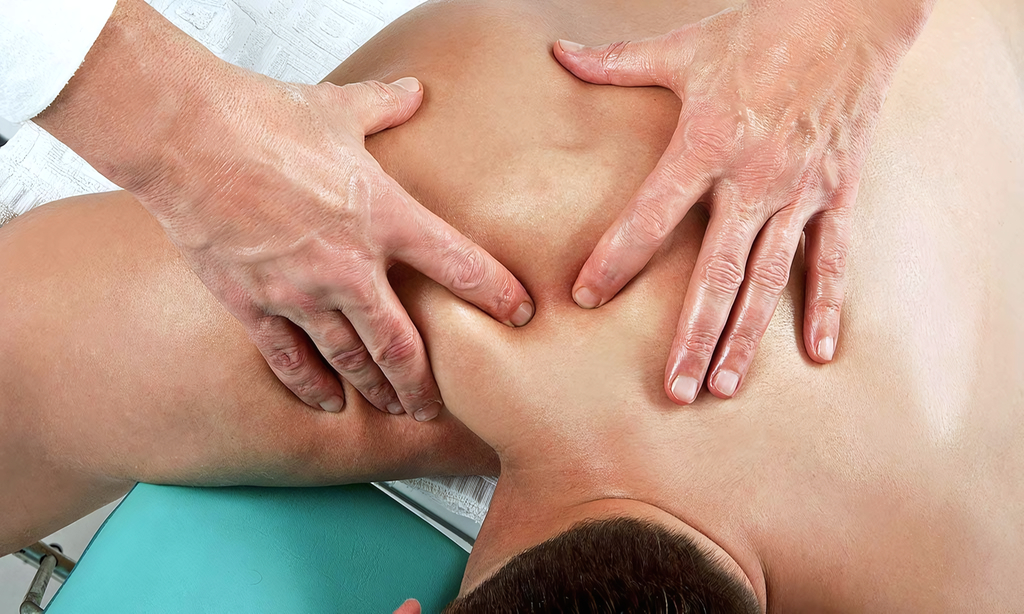










![11 Best Alternatives to Bedpage: Your Ultimate Guide [March 2024]](https://massage.dating/wp-content/uploads/2024/03/Best-Alternatives-to-Bedpage-300x200.jpg)


